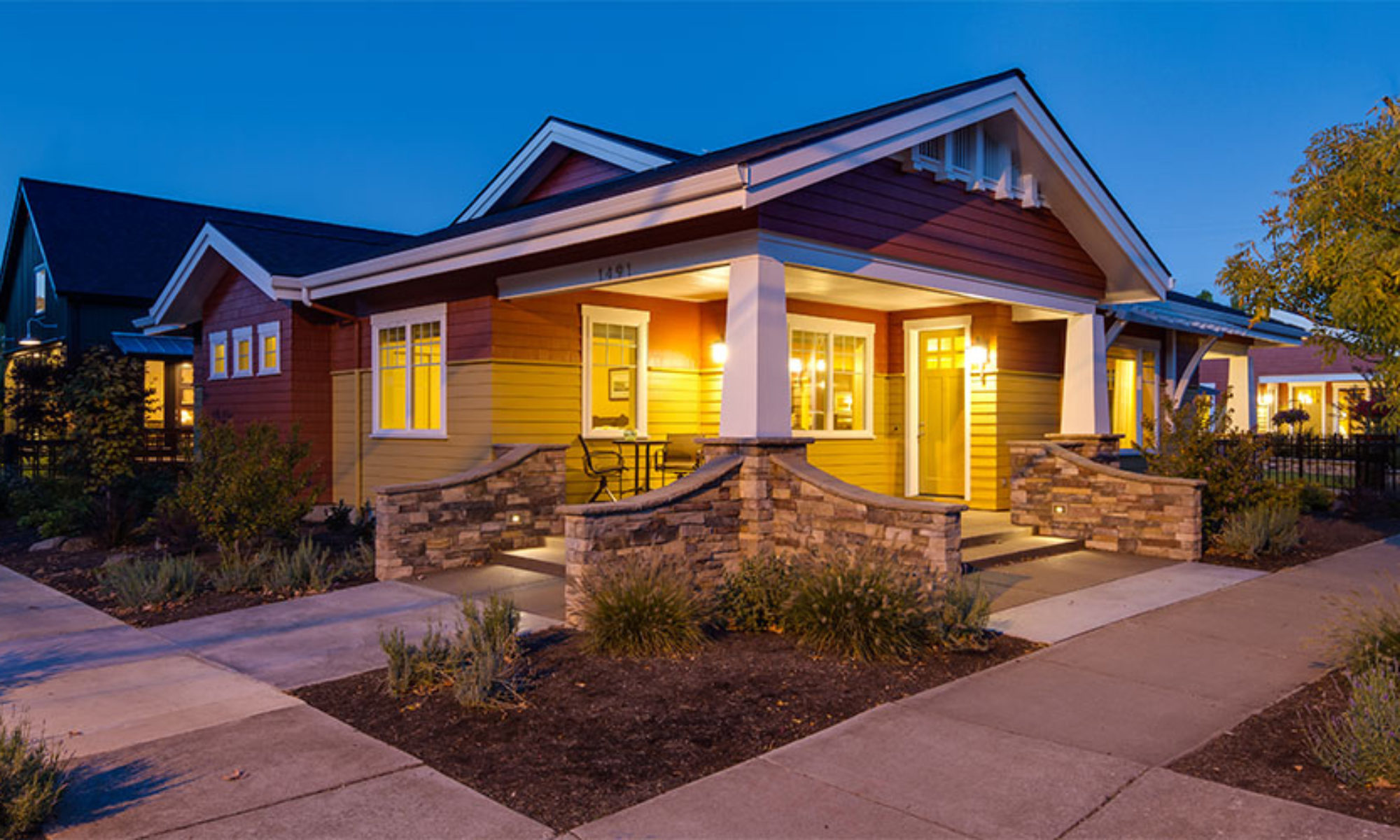 For many years, the concept of wall-to-wall carpeting was marketed to us for our homes. The truly cool, hip homes had carpeting everywhere. Soft, warm and conducive to walking around barefoot, carpet was the status symbol of the 1970s and 1980s.
For many years, the concept of wall-to-wall carpeting was marketed to us for our homes. The truly cool, hip homes had carpeting everywhere. Soft, warm and conducive to walking around barefoot, carpet was the status symbol of the 1970s and 1980s.
I remember the house I grew up in. It had linoleum in the bathrooms, kitchen and family room and wood flooring in the rest of the house. I guess in the early 1960s in Oregon, wood floors were cheap. Well, inexpensive at least. When I was in Junior High (Middle School for those of you younger than 45), my parents decided to join the “wave” and carpet the whole house. I resisted. I liked my wood floor. It was a beautiful, warm reddish-brown. And it was easy to keep clean. Not that cleaning my floor was anything I ever really did (I was 13, after all). So, after much prodding and stubbornness on my part, I convinced my parents that while they were going to carpet the rest of the house, they should leave my bedroom the wood floor. And I won.
So the entire time I lived at home (which was until I finished college and got married), my bedroom had a wood floor. I’d like to say I was smart and ahead of my time and all that, but really I just liked the wood floor.
Since then, I have learned that carpeting is probably one of the dirtiest, hazardous-to-your-health aspects of our homes. We spend almost 90% of our time indoors, so the indoor environmental quality (IEQ) of our homes is very important. And in a study “Allergy-Resistant Housing – Principles and Practice”, common allergens in the home list dust mites, pollen, pet dander and fungi and molds high on the list of importance related to the effects these things have on our health. Dust mites feed on human skin flakes and live and breed predominately in our carpets. Pollens get tracked in on our shoes and clothes and can easily be transferred to our carpets.
Cleaning carpet is an interesting concept. Most vacuum cleaners just stir the dirt, dust and mites around. Have you ever seen a vacuum when you first turn it on have that “puff” of dust and dirt go flying around? Think about that for a minute then tell me if you think it’s really doing any good, serious cleaning. We have a central vacuum system in our current home so at least the dirt goes outside our home into a canister in the garage.
But the wake up call or realization or whatever you may want to call it came the first time we had the carpet professionally cleaned. The extractor water was black. And I’m thinking “I’m walking on this, laying on this to watch TV, breathing this.” And while we have some wood floors in our home, most is still carpet. The other thing we’ve noticed is when we dust mop or simply sweep the wood floors, there is an incredible amount of dust and dirt. And my wife and I think “this is also throughout our carpets…”
You may notice in my posts that we are designing a new, smaller home. We are also targeting a LEED Platinum rating. LEED (Leadership in Energy and Environmental Design) is a third-party rating system for sustainability and healthy buildings. One of the LEED emphases is hard-surface flooring. They, too, recognize the health benefits to not using carpet.
So as we are designing our new home (view the Lawrence Street House posts), we’ve committed to using all hardwood floors. Everywhere. We will have no carpet. If we have rugs, they will be throw rugs that can be removed and cleaned periodically. And we will have a healthier home.










